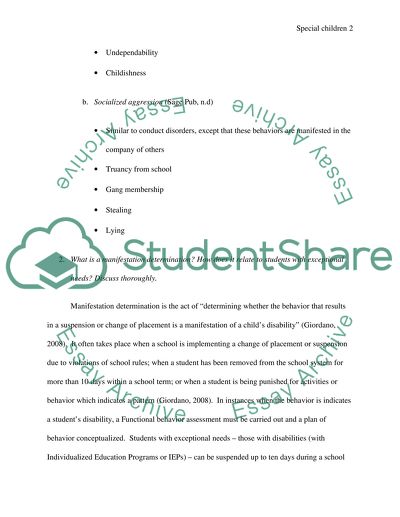Cite this document
(“Special Individuals Research Paper Example | Topics and Well Written Essays - 2500 words”, n.d.)
Retrieved from https://studentshare.org/family-consumer-science/1414107-special-individuals
Retrieved from https://studentshare.org/family-consumer-science/1414107-special-individuals
(Special Individuals Research Paper Example | Topics and Well Written Essays - 2500 Words)
https://studentshare.org/family-consumer-science/1414107-special-individuals.
https://studentshare.org/family-consumer-science/1414107-special-individuals.
“Special Individuals Research Paper Example | Topics and Well Written Essays - 2500 Words”, n.d. https://studentshare.org/family-consumer-science/1414107-special-individuals.


